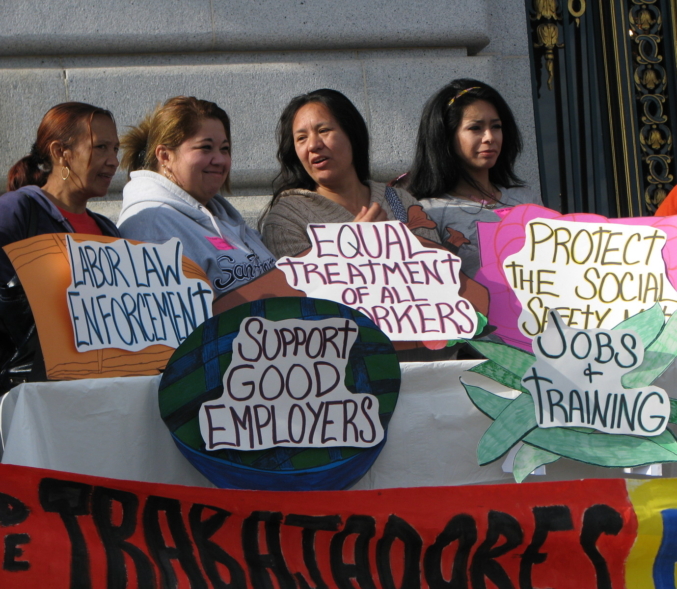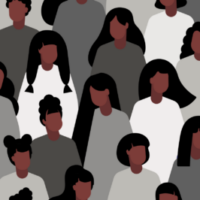
Your race, ethnicity, nationality, gender, sexual orientation, age, conviction record, family or immigration status, or disability should not limit your job opportunities.


In a good-jobs economy, your current and future employment prospects are not determined by your race, ethnicity, gender, sexual orientation, age, disability, conviction record, or family or immigration status.
Because of your inherent worth, you’re afforded the opportunity to acquire the education, skills, relationships, and experience to achieve a lifetime of employment mobility, rewarding work, and economic security.

Workers of color—particularly Black workers and women of color—have historically been undervalued and discriminated against at work. Employment discrimination reflects deep-rooted prejudices and structural inequalities in society. As a result of occupational segregation, workers of color are disproportionately channeled into the most dangerous and underpaid jobs.
Even 60 years after the Civil Rights Act of 1964 and the creation of the Equal Employment Opportunity Commission (EEOC), recent studies show a majority of Black workers and high percentages of other workers of color, as well as women and LBGTQ+ workers, report having experienced discrimination in hiring.
Substantial shares of Black, Latinx, Native American, Asian-American, LGBTQ+, and women workers report experiencing discrimination when applying for jobs.
of Black workers report experiencing hiring discrimination.
of Latinx workers say they’ve faced hiring discrimination.
of Asian-American workers report facing hiring discrimination.
of Native American workers report experiencing hiring discrimination.
of women workers report experiencing hiring discrimination.
of LGBTQ+ workers report experiencing hiring discrimination.
Occupational segregation is the systemic overrepresentation or underrepresentation of a demographic group in a particular occupation or field of employment.
To build a good-jobs economy where everyone can thrive, we must dismantle discriminatory practices and occupational segregation. Far too many Black and Latinx workers, women, immigrant workers, people with disabilities, and formerly incarcerated people are trapped in jobs that don’t pay well, have the fewest benefits, and offer the least opportunity to move up.
We must remove structural barriers to mobility so that all workers have equal opportunity to get better jobs. We must ensure that every job pays a living wage, has robust benefits, and enables workers to have a say in shaping the rules they work by.
To uproot discrimination and occupational segregation, federal, state, and local policymakers must advance the following policies:


September 14, 2022

December 13, 2022
National Employment Law Project
PO Box 1779
New York, NY 10008
Get NELP's latest news and insights
All text content published on nelp.org is the property of National Employment Law Project and is under a Creative Commons Attribution-ShareAlike 4.0 (CC BY-SA) license. For license to republish any audio, video or image content, please get in touch with the National Employment Law Project.